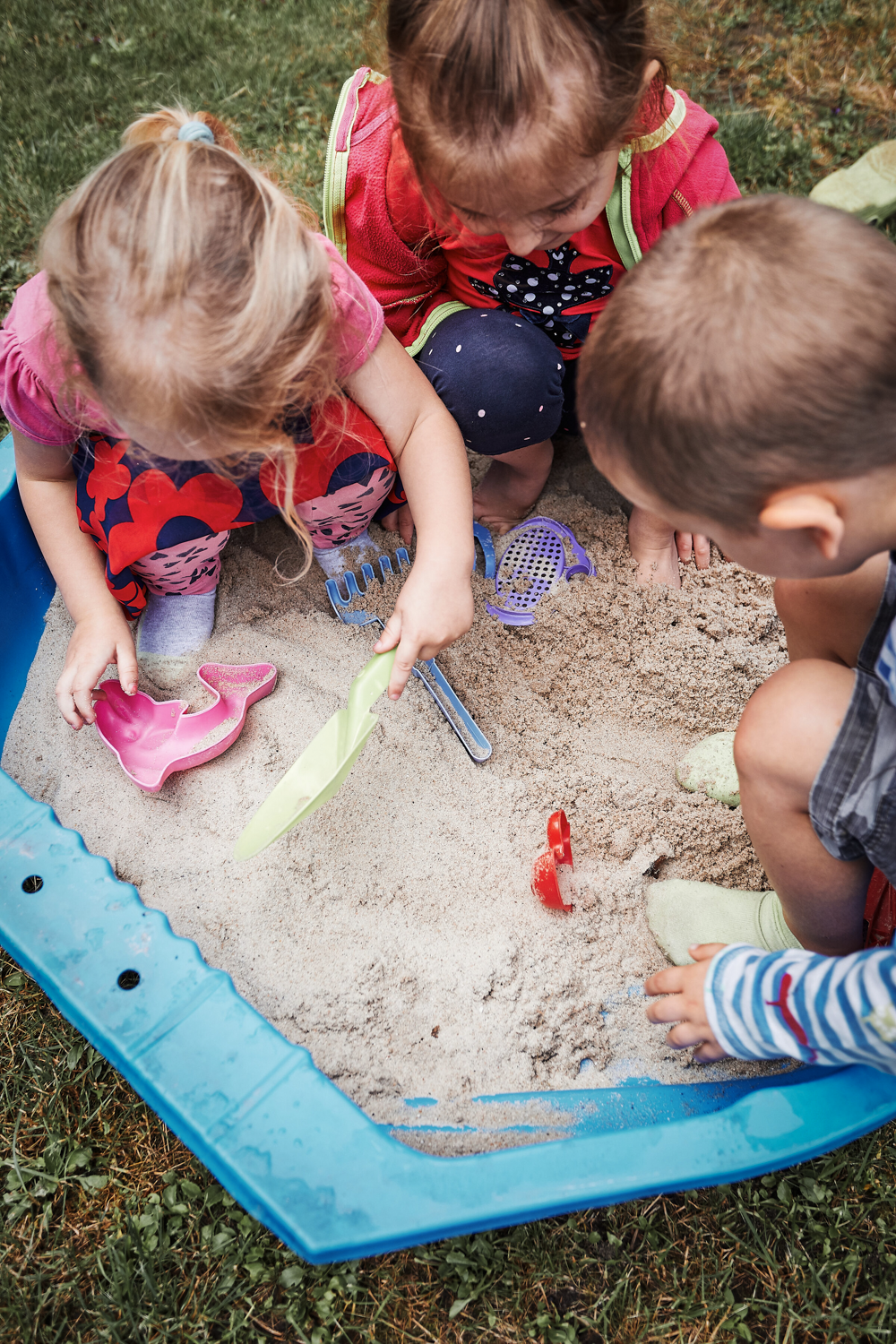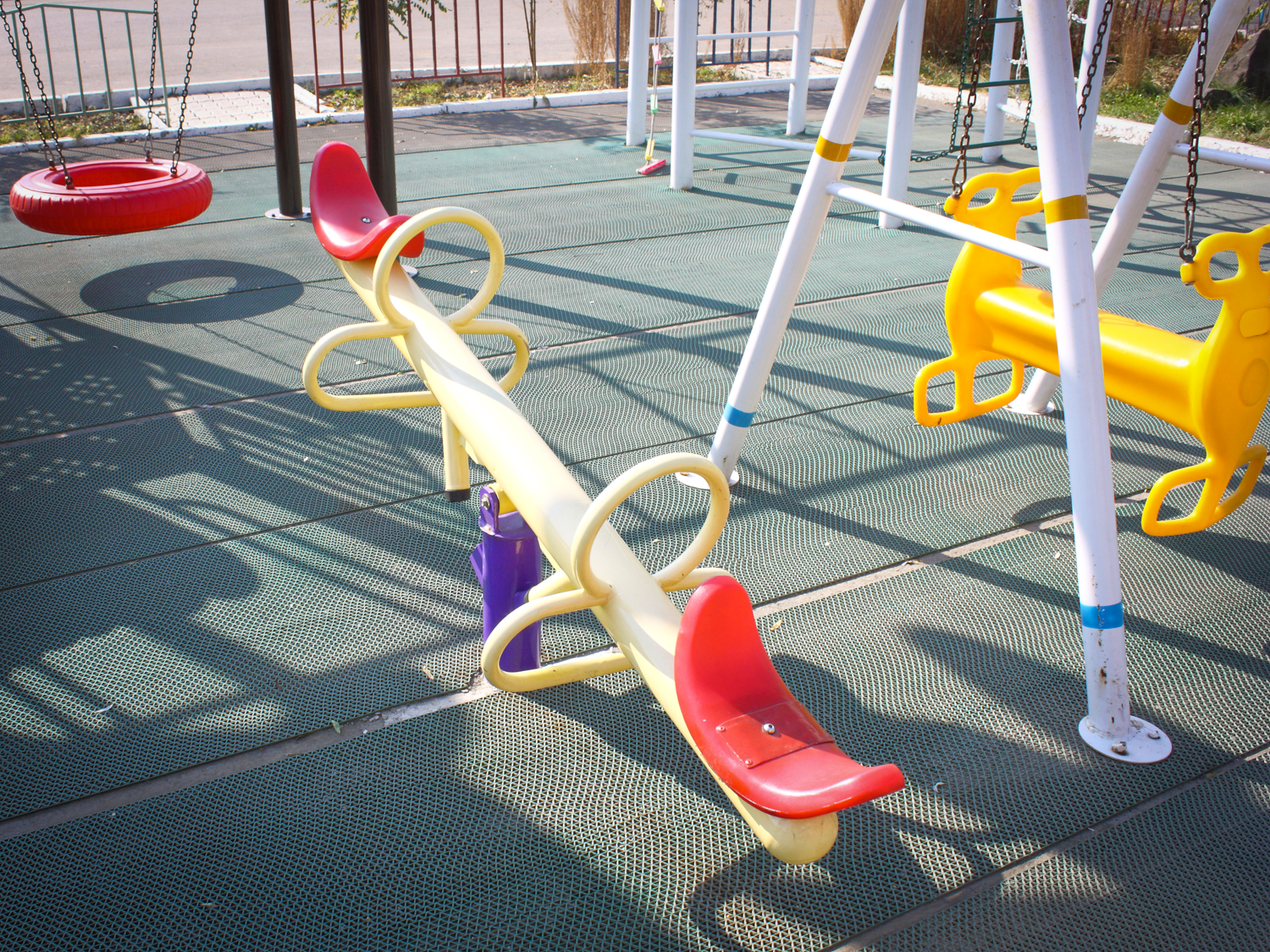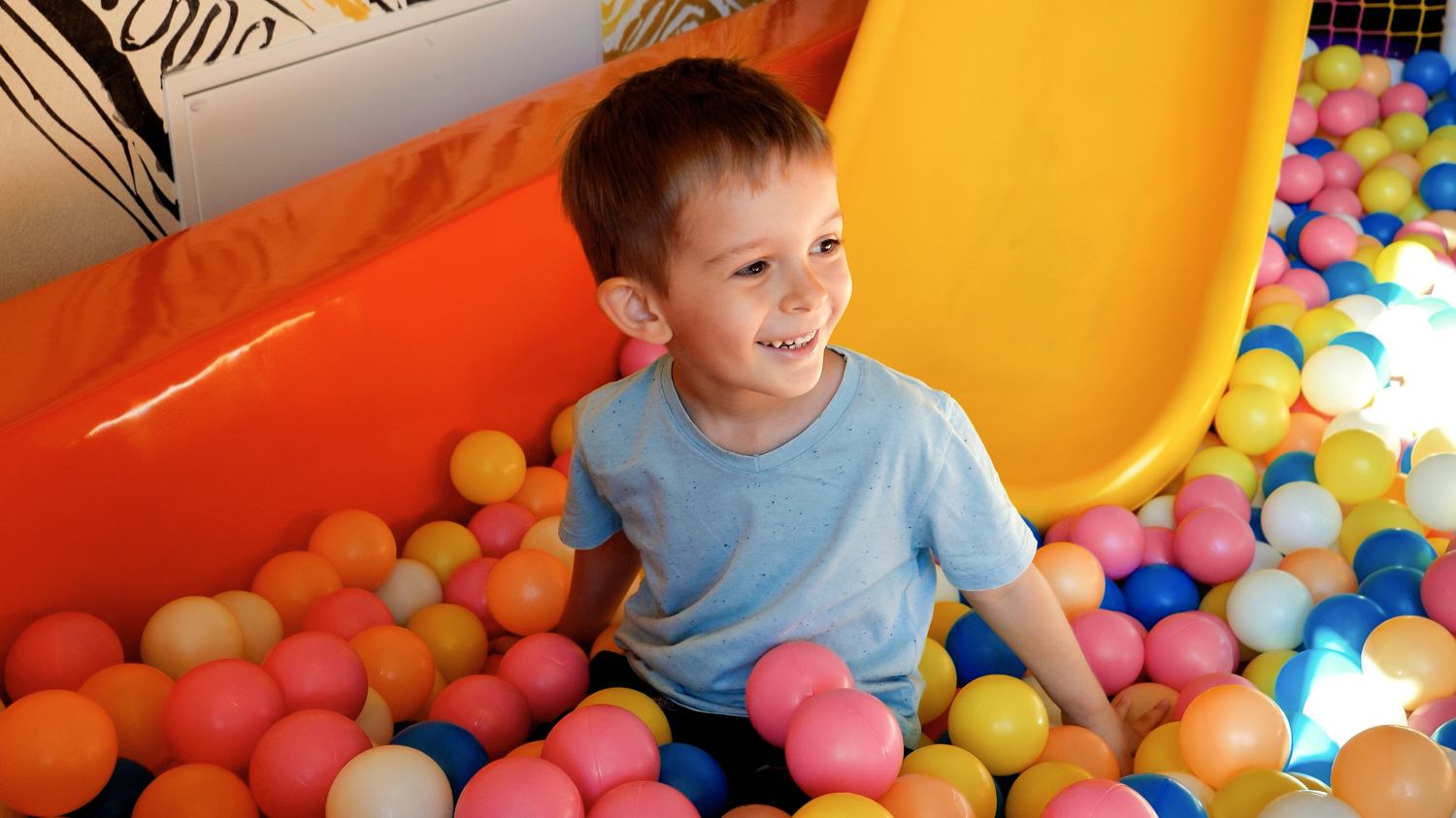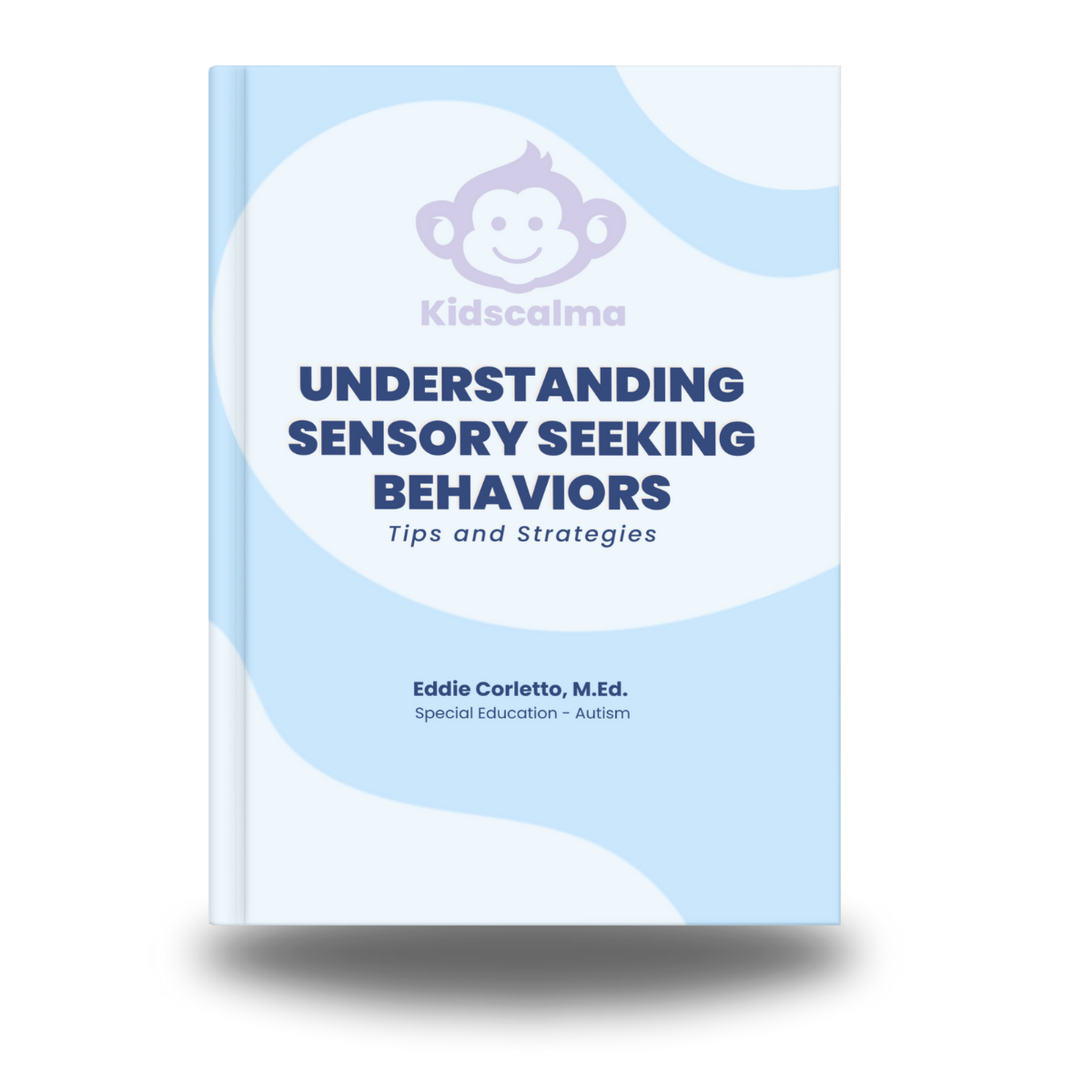Understanding Sensory Seeking Behaviors: Tips and Strategies

Introduction
Have you ever watched a child who seems to be in perpetual motion, touching everything in sight, or craving strong flavors and smells? Welcome to the world of sensory seekers! These kids actively chase sensory experiences to meet their high need for sensory input. Sensory seeking behaviors are often linked to sensory processing issues, which involve difficulties in handling information from various senses. Today, we’ll dive into what sensory seeking behaviors are, why they happen, and how you can support those who exhibit them, especially if sensory processing differences are in play.
What Are Sensory Seeking Behaviors?
Sensory seekers are like little explorers, constantly craving intense sensory input because they’re hyposensitive. This fancy term means they need more stimulation to feel satisfied. Picture a child who’s always wriggling, spinning, or climbing—anything to keep them moving. They might also love touching different textures or seeking out strong tastes and scents.
Let’s say your child is always on the go, touching everything, and can’t seem to sit still. This is a classic sensory seeker in action, always needing more particular sensory input to feel just right.

Why Do Sensory Seekers Need More Input?
Sensory seekers require frequent, intense, and sustained sensory stimulation to help them regulate their sensory systems. It’s like their sensory dial is set too low, and they need more input to turn it up to a normal level. This isn’t just about pleasure; it’s crucial for their daily functioning and helps them feel organized and aware of their bodies.
Sensory-seeking behaviors are often seen in children with sensory processing disorder.
Common sensory seeking behaviors
You might notice a sensory-seeking child constantly on the move, rocking back and forth, fidgeting with objects, or walking around. They love activities that involve jumping, spinning, or bumping into things.
My son engages in similar behaviors as mentioned above. He loves to jump on a trampoline. He also enjoys spinning in his sensory swing, and the most unusual things can become his fidgety toys. Seems that he can ride in a car for days without sleeping. He enjoys long drives. Mom takes him on joy car drives after school every day. He rolls in a heavy memory foam mattress. We cover all the light coming in, and turn off everything that can make a sound. The spinning and constant motion feeds his vestibular sense, while rolling up in a memory mattress provides sensory input to his proprioceptive system.
Sitting still is a real challenge for them because they have high energy levels. They often gravitate toward powerful sensory experiences, like amusement park rides or spicy foods. You might even see them biting non-edible items or making loud noises to get the sensory input they need. These behaviors are common in children with sensory processing issues.
Impact on daily life
These sensory-seeking behaviors can really shake things up, especially in schools where kids are expected to sit still and focus. Imagine trying to learn while your body is telling you to move constantly—it’s tough! This can impact their ability to finish homework or participate in class. Socially, it can be a bit of a rollercoaster, too. Kids who seek intense sensory experiences might engage in behaviors that seem risky or inappropriate, leading to misunderstandings with peers. Children with sensory processing disorder often face challenges in daily life due to their sensory-seeking behaviors.
Strategies for supporting sensory-seekers
Creating a sensory-friendly environment is key. Here’s how you can help:
An occupational therapist can help create a sensory-friendly environment and provide strategies for supporting sensory seekers

Sensory Diet
Think of a sensory diet like a well-balanced meal plan, but for the senses. It includes activities and strategies tailored to meet the sensory needs of the individual by providing particular sensory input. For sensory seekers, this might involve jumping on a trampoline, swinging, or playing with textured items. These activities help provide the necessary stimulation in an organized way, much like giving their sensory systems a daily workout.
Deep Pressure Techniques
Deep pressure techniques can be a game-changer. Activities like tight bear hugs, rolling a therapy ball along the back, or using weighted blankets can provide the intense sensory input they crave. These methods help calm their nervous system, especially during sensory overload.
Engaging Activities
Interactive activities that offer proprioceptive and vestibular input are fantastic for sensory seekers. Think animal walks, obstacle courses, and playground equipment. Swinging and spinning can also help balance their sensory needs. Even simple tasks like pushing a shopping cart or carrying groceries can provide solid proprioceptive feedback.

Encouraging Safe Sensory Experiences
It’s crucial to provide safe, socially acceptable ways for sensory seekers to fulfill their needs. Organized sensory activities, like animal walk exercises or finger painting, can channel their sensory desires constructively. Adjusting their environment to be sensory-friendly can also help. For example, create a ‘relaxation spa’ with padded surfaces and soothing lighting where they can unwind and manage their arousal levels.
Understanding Proprioceptive and Vestibular Input
Sensory seekers often need stimulation for their proprioceptive and vestibular systems. Proprioceptive receptors in muscles, joints, and skin help them understand body position. Sensory seekers might engage in activities like firm hugs or bumping into objects for this input. The vestibular system in the inner ear helps with balance and motion perception. Swinging or spinning activities provide the necessary vestibular input.
Managing Sensory Overload
Creating spaces and routines to help sensory seekers control their input is crucial. A tranquil ‘chill spa’ with cushioned mats and beanbag chairs offers a retreat for relaxation. Break boxes with items like weighted lap pads or squeeze balls can help during tasks like studying. Crunchy treats or vibrating toothbrushes aid in regulating oral-sensory input.
Role of Occupational Therapists
Occupational therapists are superheroes for children with sensory processing disorders. They help kids develop daily life skills and create detailed plans based on the child’s sensory responses. Sensory integration therapy includes exercises that help children respond better to sensory inputs. Therapists also teach parents and educators techniques to support kids with sensory processing challenges.
Summary
Understanding and supporting sensory seekers is vital for their growth and happiness. Sensory seekers need additional sensory input to stabilize their sensory systems. Signs include constant movement, a desire for intense sensations, and potentially risky behaviors to satisfy these cravings. Creating a sensory-friendly environment, personalized sensory diets, and deep pressure techniques can make a big difference. Occupational therapists play a pivotal role in helping sensory seekers navigate daily life successfully.
Frequently Asked Questions
What are sensory seeking behaviors?
Sensory seeking behaviors stem from hyposensitivity, prompting a pursuit for increased sensory input. This results in constant motion and a preference for intense sensory experiences that provide input to the sensory systems.
How do sensory seeking behaviors impact daily life?
Sensory seeking behaviors can make focusing and participating in activities difficult, impacting academic performance and social interactions.
What is a sensory diet?
A sensory diet is a personalized plan that includes tailored sensory activities and strategies to help individuals with sensory processing challenges.
What are deep pressure techniques?
Deep pressure techniques involve activities that provide calming pressure, like tight hugs or weighted blankets, helping sensory seekers manage sensory overload.
How can occupational therapists support sensory seekers?
Occupational therapists tailor programs and offer sensory integration therapy to enhance functional capacity in everyday activities for sensory seekers.
Author Bio

Hey there! I’m Eddie Corletto, the passionate mind behind kidscalma.com. A proud father of an autistic teenager. A special education teacher with over ten years of experience in the classroom. I hold a master’s degree specializing in Autism and Sensory Processing Disorders. I am deeply committed to supporting autistic children and their families. Kidscalma is my platform to share both my professional and personal experiences. I specialize in creating helpful resources for parents and educators supporting children on the Autism spectrum, Sensory Processing Disorder, and other learning disabilities. When I’m not in my classroom or writing, you might catch me hiking with my family or cycling around the scenic roads of California’s Central Coast. I believe our children can achieve amazing things every day. Connect with me on Facebook or subscribe to my blog for more insights and resources!

UNDERSTANDING SENSORY SEEKING BEHAVIORS: TIPS AND STRATEGIES
Eddie Corletto, M.Ed. Special Education
Published June 23, 2024
Like and Follow us on Facebook Page and visit may our Amazon Store
Other blogs
Sensory Overload in Autism and SPD: A Parent’s Guide
Sensory Overload Sensory overload is a term that resonates deeply with parents of exceptional children. It describes a state where the brain...
Why Autism Head Banging Happens and how to Help?
Navigating the challenges of self-injurious behaviors (SIBs), including head banging behavior, can be emotionally challenging for families of...
Why are Sensory Swings Essential for Kids With Autism?
A therapy swing, also known as a sensory swing, like the one shown by Kidscalma, is a tool that helps manage Sensory Processing Disorders. It does...
How Weighted Lap Pads Calm Sensory Overload?
It can be hard to deal with sensory problems in autistic children. But with tools like the weighted lap pad from Kidscalma, we can make them feel...
Toilet Training Autistic Children
Toilet training autistic children can be an overwhelming process, and it often brings an additional layer of challenges. If you’re feeling uncertain...
